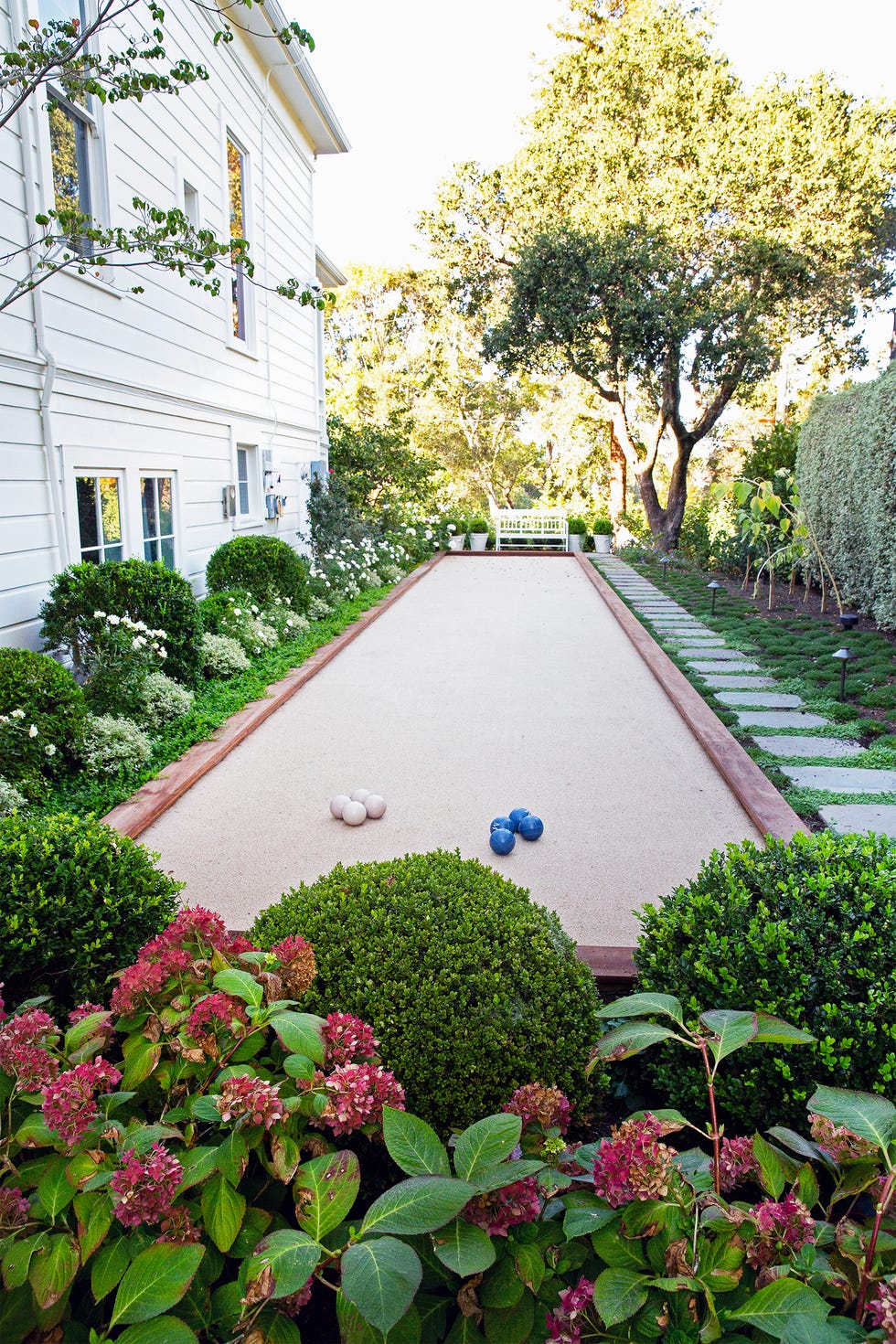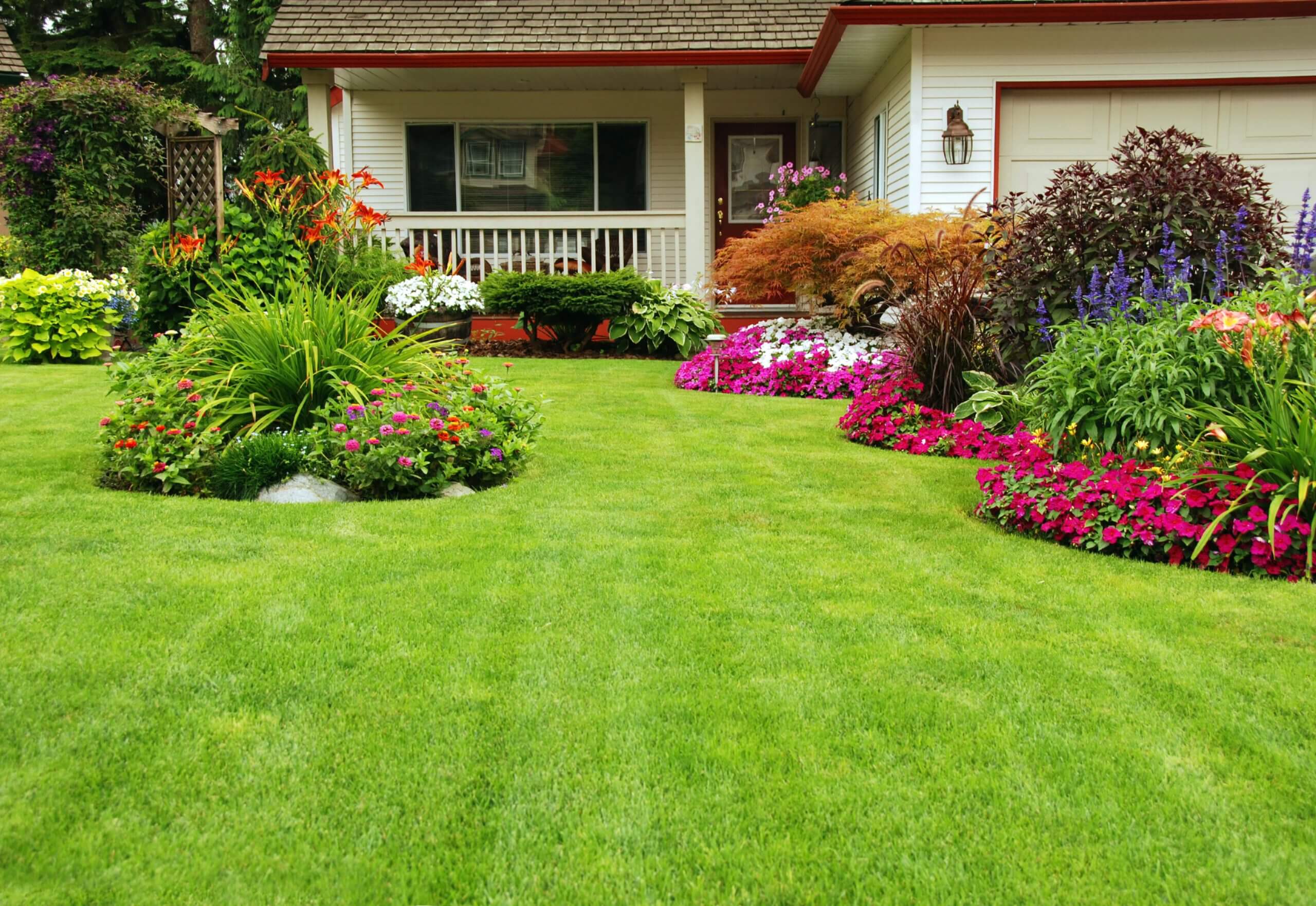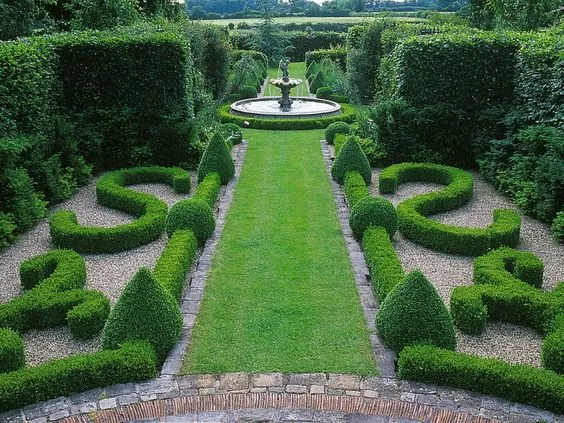The Only Guide to Landscapers
The Only Guide to Landscapers
Blog Article
Landscapers - The Facts
Table of ContentsLandscapers Fundamentals ExplainedTop Guidelines Of LandscapersThe Of LandscapersThe Buzz on LandscapersThe Single Strategy To Use For LandscapersThe Ultimate Guide To Landscapers
- A garden function where water is represented by an aggregate rock item, typically a crushed rock or granite. These are most generally located in modern and Japanese yard layout.- A stone or natural flagstone patio, course, or pathway built without a concrete base. The base would certainly be compacted crushed rock and the joints would be an accumulation or walkable ground cover. - A stone preserving or cost-free standing wall constructed without the use of mortar. - A below ground structure that collect water and permits it to slow down percolate right into the soil around it.
Landscape layout that is compatible with a websites' environment in both look and sustainability without unfavorable effects to the atmosphere. Edging in the landscape is a line of separation that produces visual interest in the yard by dividing one sector from an additional section.
Areas can also have a sensation of "unit" offered by trees, various other plantings, fences, or screens. The landscape near the entrance to a building.
3 Easy Facts About Landscapers Shown

The component in a landscape design or location in a landscape that is meant to be most noticeable. The focal factor can be a plant, stone, statuary, collecting room, or various other landscape attribute.

Landscapers for Beginners
Rock item, either rounded or fractured, that is fairly tiny- usually 1" or much less. Reduced plants that are allowed or encouraged to spread over an area. Can describe any kind of "difficult" garden elements consisting of statuary or stones but a lot of generally is made use of to refer to paths, patios, and walls.: Elevation difference in between the level of water in a fish pond (or the level of the pump if it sits outside the fish pond) and the top electrical outlet of water which influences efficiency of the water pump in gph (gallons per hour). Thick shrubs or trees that develop a fence, display, or boundary.
A chemical utilized to control weeds. Fencing boards that run flat, often used in my review here modern or Japanese-inspired landscape designs. Lines that define spaces within a landscape principle. These typically expand from edges or key features of an existing structure. Correct use fictional lines can assist the landscape feel linked to the home and various other elements.
A more loosened up yard dominated by curved as opposed to straight bed lines and a much less stiff structure. Standard PNW landscapes are casual. A plant that spreads out greater than preferred, or into habitats where it does damage. Rose city has a list of invasive plants that need to not be mounted in landscapes since they can spread to woodlands or rivers and be hard to manage.
Landscapers Can Be Fun For Anyone
Can include head placements and coverage, pipeline sizing, GPM specifications, and products required to mount this system. Certified expert that creates landscapes, coached in engineering and style as well as in cultivation.
The expert that plans and creates landscape jobs, typically at a property or small commercial degree with the significant design impetus on plantings. Landscape designers commonly have much less schooling than Landscape Architects and are not licensed. A completed landscape layout, describing all Related Site elements for the brand-new landscape. This generally takes the kind of a drawing theoretically.
Utilizing many plantings of the exact same selection to load in an area in the landscape. This can lower maintenance and water use in the yard.
A mix of cement, sand, and water that is used in stone stonework for setting stones and joints. A layer of compost or bark dust applied at the base of a plant. A mass planting of moss. A plant that existed in a geographical place prior to people began changing the landscape.
Some Ideas on Landscapers You Need To Know
Exactly how the yard or a garden component is organized in connection to an existing click this link or brand-new feature or to an instructions. Preserving a grass without making use of chemical herbicides, pesticides, or fertilizers. Lawns that are not cut but grown in landscapes as perennials. This is a partially open sided leisure or entertainment area that joins a residence, used for amusing, outdoor eating and simply enjoying the outdoor atmosphere.

Plants that offer seasonal rate of interest and then die back in the winter season. Cold period turf that is the most typical turf grass in Rose city, OR and the rest of the PNW.An open roofed framework over a patio or various other landscape attribute.
Lava aggregate ranging in dimension from 1/4" down to dirt. The most typical landscape gravel in the PNW. Location of the landscape created to manage water till it can saturate into the ground. A chain that regulates water as it travels from a roofing system seamless gutter to the ground. Yard structure that develops a planting area that is contained and more than the surrounding grade.
Producing a yard function being composed primarily of rocks with plantings that match and can thrive in the rough setting. Sprinkler head design that revolves a stream of water across a location.
Facts About Landscapers Uncovered

Report this page